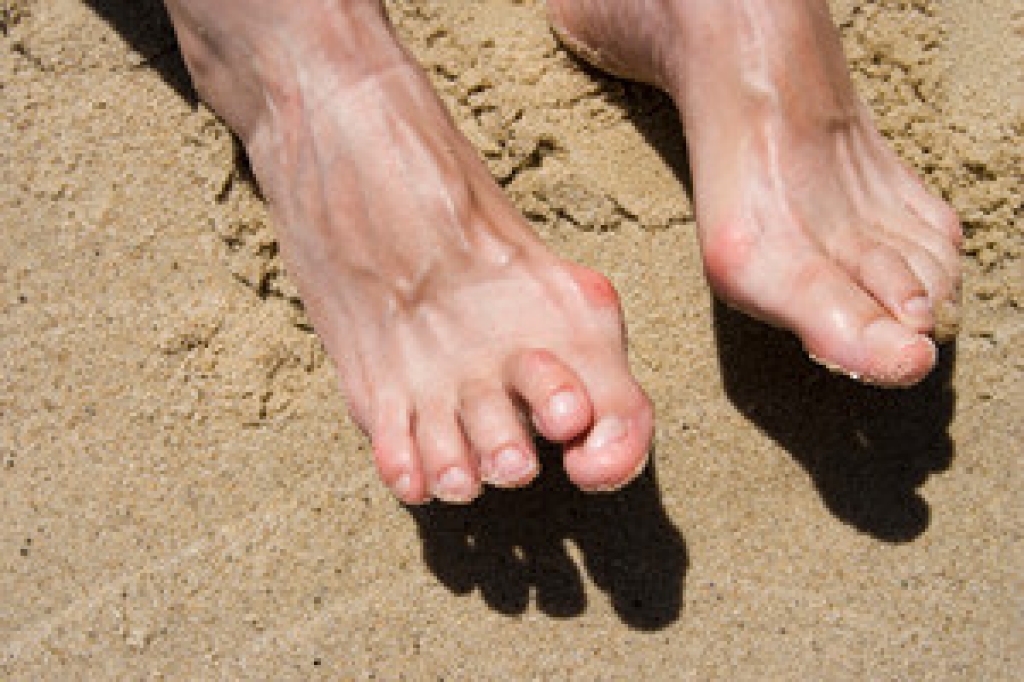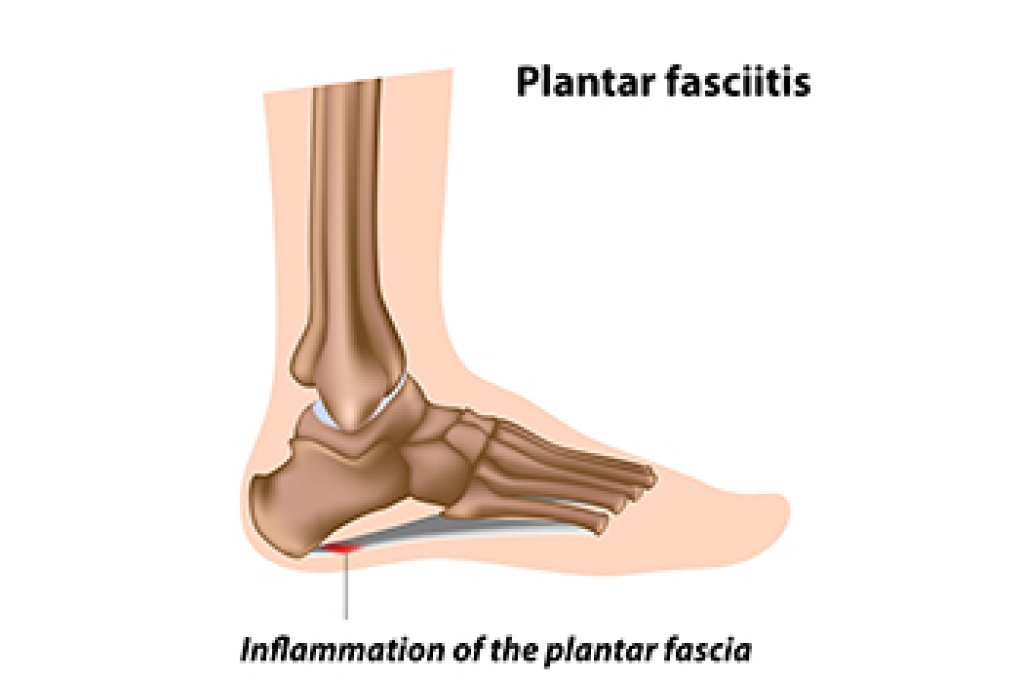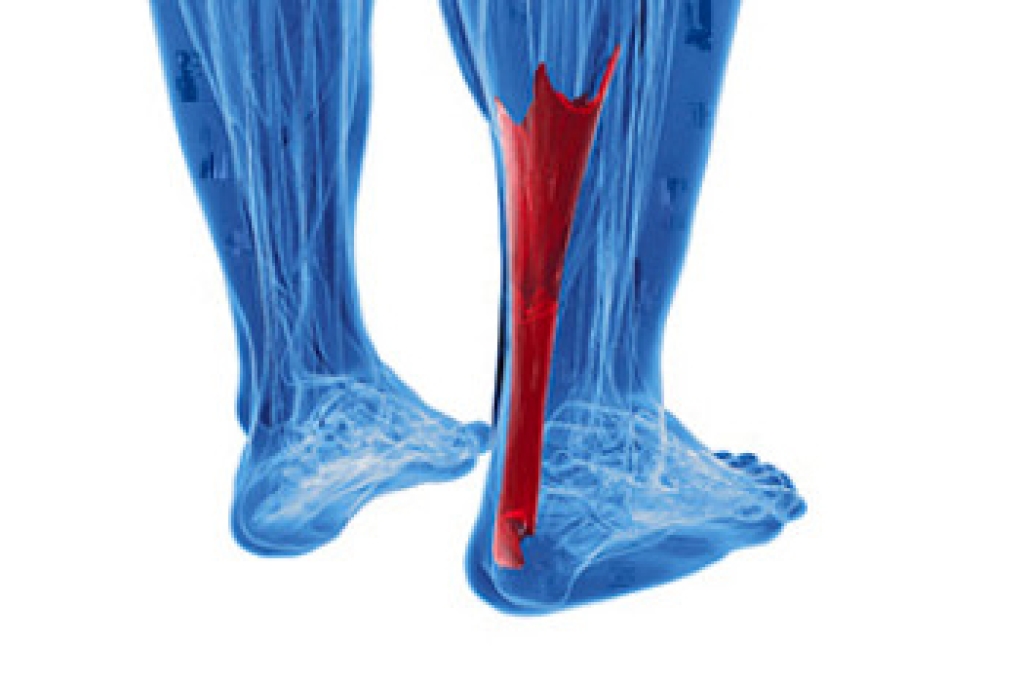 Children and young teenagers who complain of heel pain may be experiencing a condition known as Sever’s disease. This condition is defined as inflammation in the growth plate of the heel due to repetitive force. It can affect children who frequently participate in running and jumping activities, such as soccer, basketball, or gymnastics. Early recognition and treatment is most effective with Sever’s disease. When this condition is managed early on, safe return to play and sports will be more likely. Mild relief can be found when the affected foot is elevate and the activity is temporarily ceased. If your child is limping or complaining of heel pain, it is suggested that you make an appointment with a podiatrist for a diagnosis and treatment options.
Children and young teenagers who complain of heel pain may be experiencing a condition known as Sever’s disease. This condition is defined as inflammation in the growth plate of the heel due to repetitive force. It can affect children who frequently participate in running and jumping activities, such as soccer, basketball, or gymnastics. Early recognition and treatment is most effective with Sever’s disease. When this condition is managed early on, safe return to play and sports will be more likely. Mild relief can be found when the affected foot is elevate and the activity is temporarily ceased. If your child is limping or complaining of heel pain, it is suggested that you make an appointment with a podiatrist for a diagnosis and treatment options.
Sever's disease often occurs in children and teens. If your child is experiencing foot or ankle pain, see Jeffrey Parrett, DPM from Parrett Podiatry. Our doctor can treat your child’s foot and ankle needs.
Sever’s Disease
Sever’s disease is also known as calcaneal apophysitis, which is a medical condition that causes heel pain I none or both feet. The disease is known to affect children between the ages of 8 and 14.
Sever’s disease occurs when part of the child’s heel known as the growth plate (calcaneal epiphysis) is attached to the Achilles tendon. This area can suffer injury when the muscles and tendons of the growing foot do not keep pace with bone growth. Therefore, the constant pain which one experiences at the back of the heel will make the child unable to put any weight on the heel. The child is then forced to walk on their toes.
Symptoms
Acute pain – Pain associated with Sever’s disease is usually felt in the heel when the child engages in physical activity such as walking, jumping and or running.
Highly active – Children who are very active are among the most susceptible in experiencing Sever’s disease, because of the stress and tension placed on their feet.
If you have any questions, please feel free to contact our office located in Waxahachie, TX . We offer the newest diagnostic and treatment technologies for all your foot care needs.




